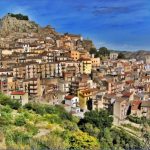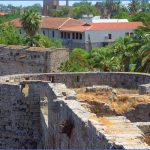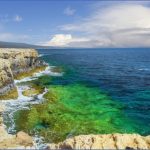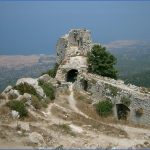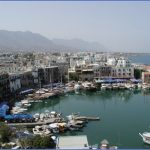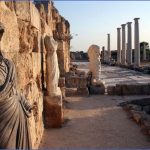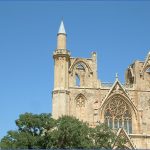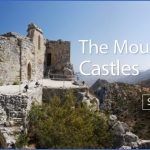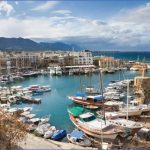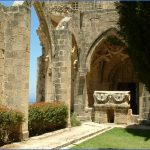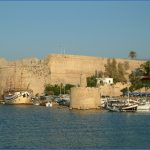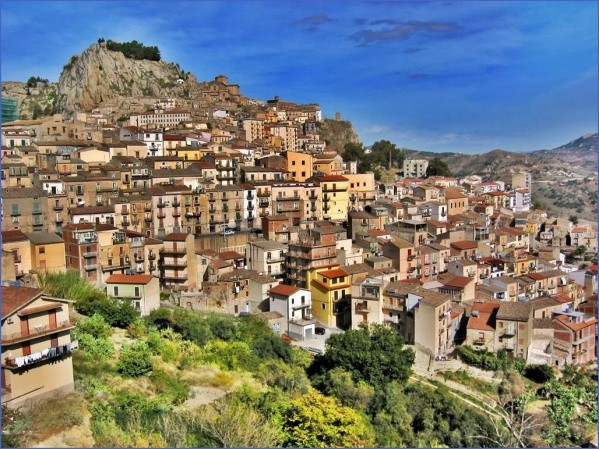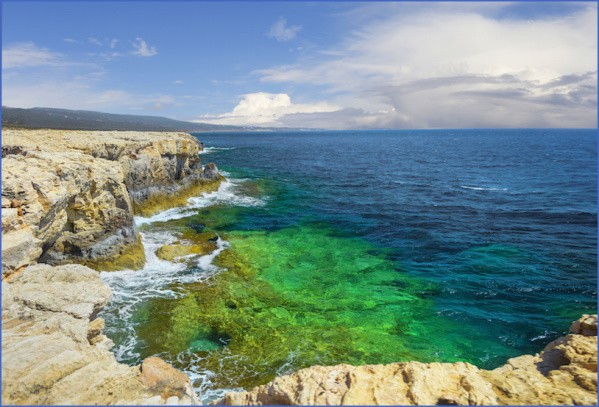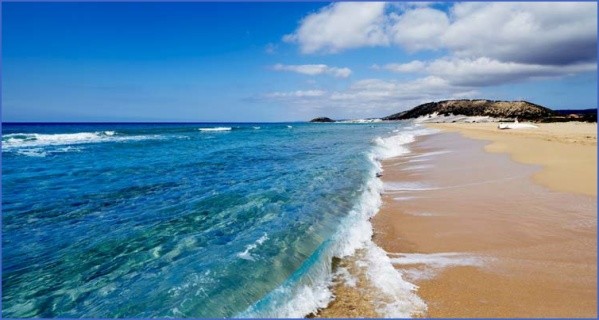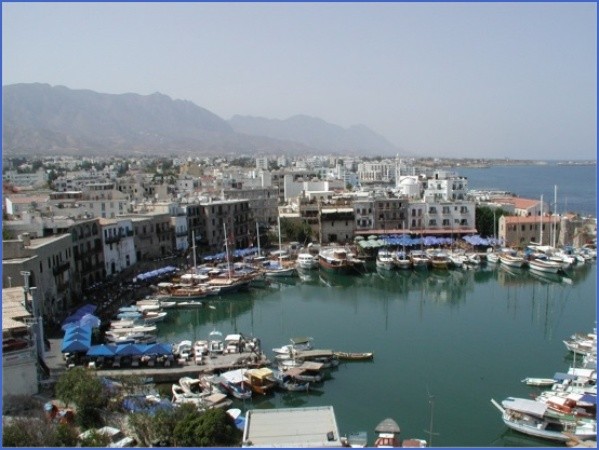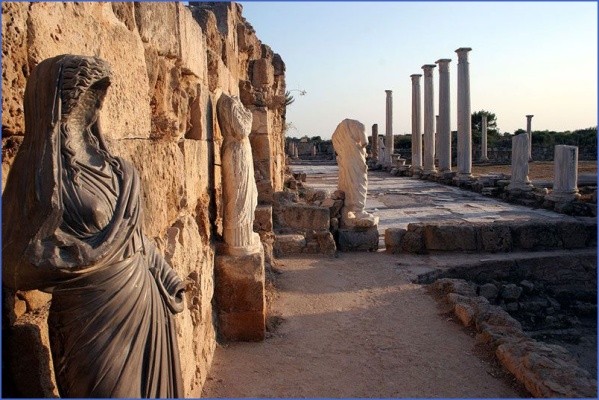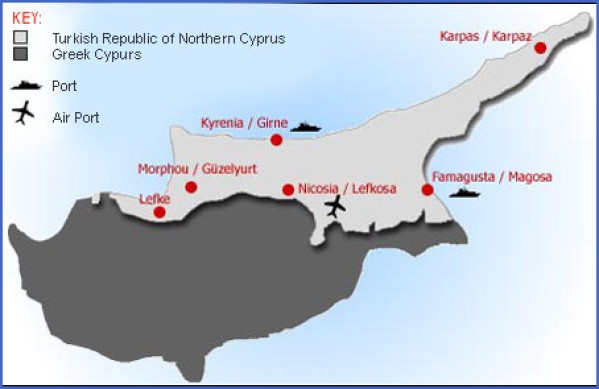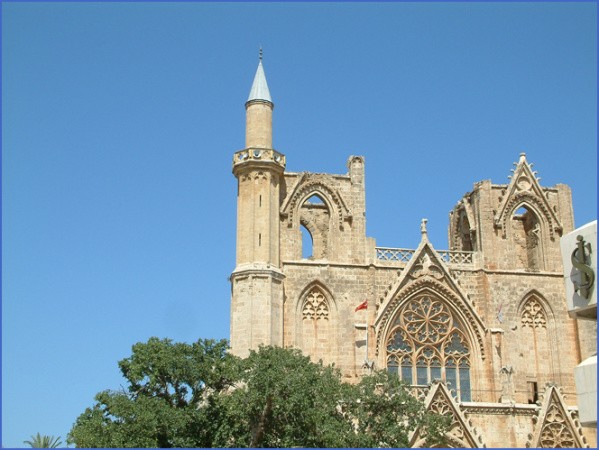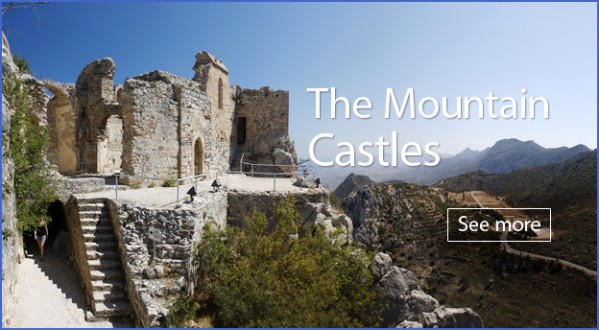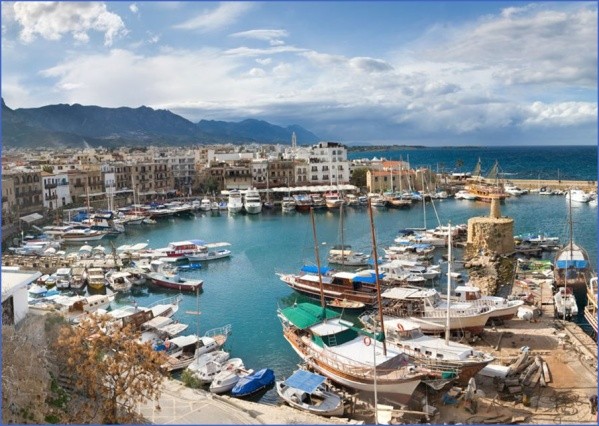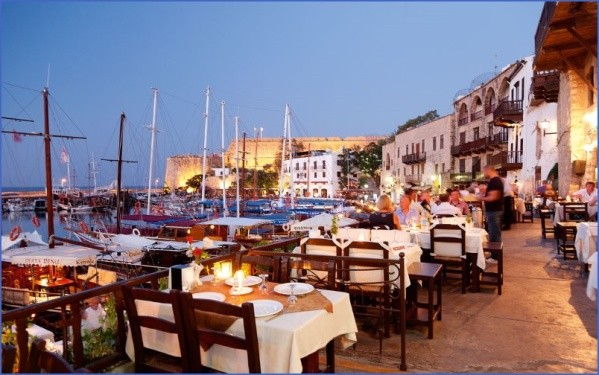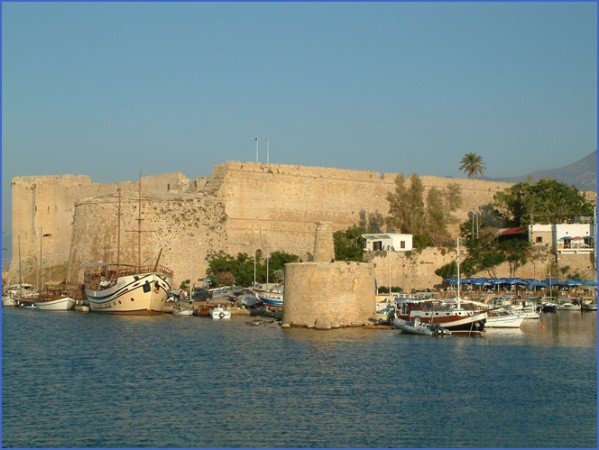Sotira archaeological site
A dam on the Symvoulos stream has recently been constructed to provide water for the needs of the bases. The visitor to Sotira will most probably concentrate his interest and attention on the archaeological site of the neolithic settlement of Sotira (4500-3900 B.C.). The houses are irregular, circular or ellipsoidal, very close to each other, separated only by very narrow corridors. The foundations are built with stone, while the upper part most probably was made of baked bricks, reeds or even wood covered with mud. It is not yet known whether the settlement was surrounded by walls. However, the view from the hill was excellent, the water supply from the river was easy and the nearby plain could produce cereals, olives and other products. Most probably the inhabitants of ancient Sotira were farmers, hunters and potters. It is not yet known how the settlement was destroyed, though the numerous earthquakes of those times might explain its abandonment. Souni together with neighbouring Zanakia constitute a unified community under a single chairman. In the rather isolated pine-clad area of Souni you often observe foreign excursionists following narrow trails and enjoying the Mediterranean weather. Zanakia, like Souni, is viewing its future as a holiday resort or a dormitory settlement. In the past a wine factory of ETKO was functioning at Zanakia. Kivides is a modern, planned settlement, creation of 1970. A visit to the old village of Pano Kivides, abandoned because of landslides, unveils a rich rural architecture as well as the church of Agios Georgios, dating back to the 18th century. The other church of the Holy Cross on the road to Agios Amvrosios, recently restored, belongs to the 15th century, though currently deprived of its original paintings. The road leading to Sterakovou, an abandoned settlement, reveals peculiar vaulted buildings (vota), used by farmers, practising transhumance in by gone years. Kato Kivides, is currently an abandoned settlement.
Route: Agios Amvrosios, Agios Therapon, Lofou
Agios Amvrosios is a small and tidy village with whitewashed houses surrounded by the greenery of vines and other deciduous trees. Worth visiting is the chapel of Agia Elisabet, west of the village. It is a medieval building, originally painted, though currently only a few frescoes are preserved. Close by is the holy well as well as an old olive-press. On the shrubs, close by, people hang pieces of clothing and other personal belongings hoping that Agia Elisabet will cure them. Situated on a chalky hill, Agios Therapon appears like a castle. At Agios Therapon twelve vaulted houses (vota) are preserved. They are distinctive arched rooms at the ground floor of houses, destined as storehouses, mainly for large wine jars or even as stables for mules and donkeys. Lofou is at least a medieval settlement being granted by the King of Cyprus, James I, to his brother Janot de Lusignan, in the 14th century. The houses of Lofou are unique in traditional architecture. The cobbled streets are narrow and winding with large wine jars still lying close to the entrance of the houses. However, the main feature of the village are the cisterns. As many as 73 cisterns existed in the village. It was a laborious job to transport water on donkeys from the river, which lay at a relatively big distance. People had to invent a new method. So they constructed cisterns in front of their houses in the courtyard. The winter rain was collected in these stores, while the water on the tiled roof was also ending up in the cisterns. The church of B.V.M. Evangelismos, is a 19th century building standing on a higher elevation than the rest of the houses. Some paintings, are probably recent. About 1,5km outside the village is the chapel of Profitis Ilias. The chapel preserves an unusual icon which, according to tradition, has the power to prevent rain, especially in early summer, when storms could ruin the corn lying in the threshing floors.
Best Places to Visit In North Cyprus Photo Gallery
Holiday in Northern Cyprus
Lofou village
c) Exploring the large vine-growing villages and their surrounding area
Route: Vouni, Koilani, Agia Mavra church, Pera Pedi, Mandria
Vouni is a vine-growing settlement, about 800 metres above sea level. Traditional architecture is rich and impressive despite depopulation. Narrow, winding streets, arched houses, carved margins around the wooden doors and windows, balconies, small and large courtyards with wine jars are ubiquitous. According to N. Klerides four settlements, at a small distance from each other, existed in the present locality of Vouni. A disease in 1692 has vanished the settlements of Pera Vouni, Velonaka and Ais Mamas, while present day Vouni, thanks to the protection offered by St. John of Prodromos, to whom the village church is dedicated, was saved. The visitor to Koilani faces an interesting traditional architecture . The church of Panagia, built in 1914 on the foundations of an older church impresses with its bulk and architecture. The second church, dedicated to Christ, is built on a conspicuous position with an extensive view.
Fresco from Agia Mavra, Koilani
It has been restored by donations of Archbishop Paisios. On the northwest of Koilani, the hill Afamis, 1153m high, is a conspicuous landmark. The hill gave its name to a favourite wine of Cyprus. Afamia is also the name of the annual festival organized in Koilani during which many cultural activities take place. Two museums in the village, embody the long history of the village, namely the Ecclesiastical Museum and the Vine Museum. In the Ecclesiastical Museum the treasures hosted date back to the 13th century and continue till today. One can see old ecclesiastical blogs, old gospels, portable icons, altars, consecrated vessels, etc. The museum was built in 1987, close to the church of Panagia. The Vine Museum, housed in a traditional building, exhibits agricultural tools, particularly those connected with vine-growing. It is worth visiting the winery of Agia Mavra. Agia Mavra church, lying about two miles from the village, is a fifteenth century building with a narthex added later. The church, originally a monastery, is famous for its history, its frescoes, the holy well and the plane-tree, close by, which Sakellarios considers as the “biggest plane-tree of Cyprus”. The paintings, most of which belong to the 17th century, have been worn out, though the frescoes of Agia Mavra and Agios Timotheos (16th century), the Pantokrator, a few prelates and saints, scenes from the Old and New Testament, and paintings from the life of Christ, are still preserved. According to a legend, Agia Mavra, a Christian girl, wished to enter a convent, though her parents forced her to marry a wealthy man. The night of her wedding, when all guests were entertaining themselves, Agia Mavra fled. As soon as her absence was noticed, the bridegroom and her father started searching for her. Under the fear that she might be reached and brought back, she prayed to the Madonna, beating her hands on the rock. Immediately a hollow opened and swallowed her up. Father and husband could not follow her as at that moment a spring of water gushed forth. According to tradition, the same spring continues gushing out water. The villagers, later on, honouring her memory, built a monastery. The old, compact village of Pera Pedi preserves many features of traditional architecture. The church of Agios Nikolaos, built in 1796, is steep-pitched with square tiles and beams in the interior. A wooden box contains relics of Saints Spyridon, Neofytos and Philip. The modern village, developed along the main road of Pera Pedi-Platres, is quite different. In its streets are mirrored the shadows of plane, alder, apple and pear trees. The relatively wide square of the village is almost unique. Pera Pedi is well-known as an apple producing village. Impressive is the wine factory, set up originally by the British, though currently it belongs to KEO. Bottlement of wine is no longer carried out at the factory. Mandria. The church of Agios Georgios has an original “Epitafios”, of Russian origin, a pulpit of 1877 and an old iconostasis which dates back to 1881. The womens’ gallery is of partcular interest with paintings from the Old Testament. Some restaurants in the village, serve people from the towns as well as passing visitors.
Route: Omodos, Vasa, Arsos, Potamiou, Kissousa, Pachna
Omodos village
Omodos. It is a wine-producing village, famous for the Omodos’ wine press, known as “linos”, one of the most renowned wine presses in the island. One admires this village for its gravel-paved central square and its rich traditional architecture. Omodos is currently evolving to a regional center with a Secondary School, a winery and other services. Historian I. Tsiknopoullos notes that “according to tradition, the village of Koupetra, built on the side of Afamis mountain, accepted the Christian faith around 150 AD. One night the inhabitants saw a great fire, where Omodos lies today, and after searching the area, they discovered a small cross hidden in a cave. A chapel was built near the cave and with the passing of time a monastery was built to accommodate the pilgrims who sought cure from the Holy Cross. The inhabitants of Koupetra and others from elsewhere settled around the monastery and that is how the first Omodos community was created”. The history of the Monastery of the Holy Cross of Omodos is long and dates back to 327 AD when Agia Eleni visited the island. During the second decade of the 19th century, the Monastery was completely restored by Chrysanthos, Bishop of Pafos, assisted by Reverend Dositheos of Omodos. The church is three-aisled and the Monastery is a huge, square parallelogram with many cells and rooms around the church. The western entrance towards the square was recently added. The Monastery has a number of museums, such as the Museum of Byzantine Icons, the Museum of Local Art and the Museum of National Struggle 1955-1959. In the same church, there are a number of valuable Christian relics, such as two silver crosses, etc. Vasa was and still is a major wine-producing village. The compact settlement, preserves a fascinating traditional architecture. In most houses one can find large wine jars, winepresses for the production of the famous Vasa wine, as well as stills for the production of zivania. Vasa which belonged to the Grand Commandery, hosted Agios Varnavas the monk, one of the 300 Alaman saints who arrived in Cyprus, as mentioned by L. Machairas. Of Byzantine music and its peak period in Vasa we can talk of a school of Byzantine music, which started from Vasa and covered the entire island expanding even to the wider circles of Orthodoxy. Arsos, a vine village, on a height of 800m, lies on chalky rocks, which proved to be a good building material, besides being used as boundary walls of private ownerships. The rich traditional architecture of the village, is to a large extent, due to these rocks. A wine factory with the name LAONA, has recently been set up in the village. Gunnis writes about the church of St. Philip which is “a vast modern building on an ancient site”. Potamiou. The ruined church of Agios Mnason, of unknown age, is a significant monument of Potamiou. J Tsiknopoullos mentions that Mnason was Agios Irakleidios’ successor on the Episcopal throne of Tamassos and hosted Paul, Luke and his companions at his home in Jerusalem. As a fellow-traveller of Agios
Irakleidios, he also passed through Potamiou village. The huge three-aisled church of Agia Marina, in the center of the village was built in 1551. It has an octagonal dome and a modern iconostasis. The church’s main entrance is rather imposing. Potamiou produced a number of scholars, like Neophytos Podinos, one of the most significant scholars and writers of the 17th century, born in 1579. In Kissousa, a natural spring, which people call the fountain-head of Kythrea, carries water to the British base at Episkopi. Near the church, in the hollow of a terebinth tree, is a beehive which dates from the beginning of the 20th century. Pachna is one of the largest villages of Limassol, where the monoculture of vine predominates. The rich cultural heritage is mirrored in the traditional houses and the various chapels and churches scattered throughout the village. In 1992 a Folk Art Museum has been set up in the village. The parish church of Panagia was built in 1849. The visitor, however, should see the vaulted chapel of Agios Stefanos, possibly a 15th century building. Most probably it survived an unknown settlement whose foundations are visible on the landscape. Close by, stand two pierced stones. Most probably near the church of Agios Stefanos a wine press (linos) was functioning until recently.
d) The extreme western hilly areas
Route: Malia, Trozaina, Gerovasa, Dora, Prastio, Anogyra, Agios
Maybe You Like Them Too
- Top 10 Islands You Can Buy
- Top 10 Underrated Asian Cities 2023
- Top 10 Reasons Upsizing Will Be a Huge Travel Trend
- Top 10 Scuba Diving Destinations
- World’s 10 Best Places To Visit

